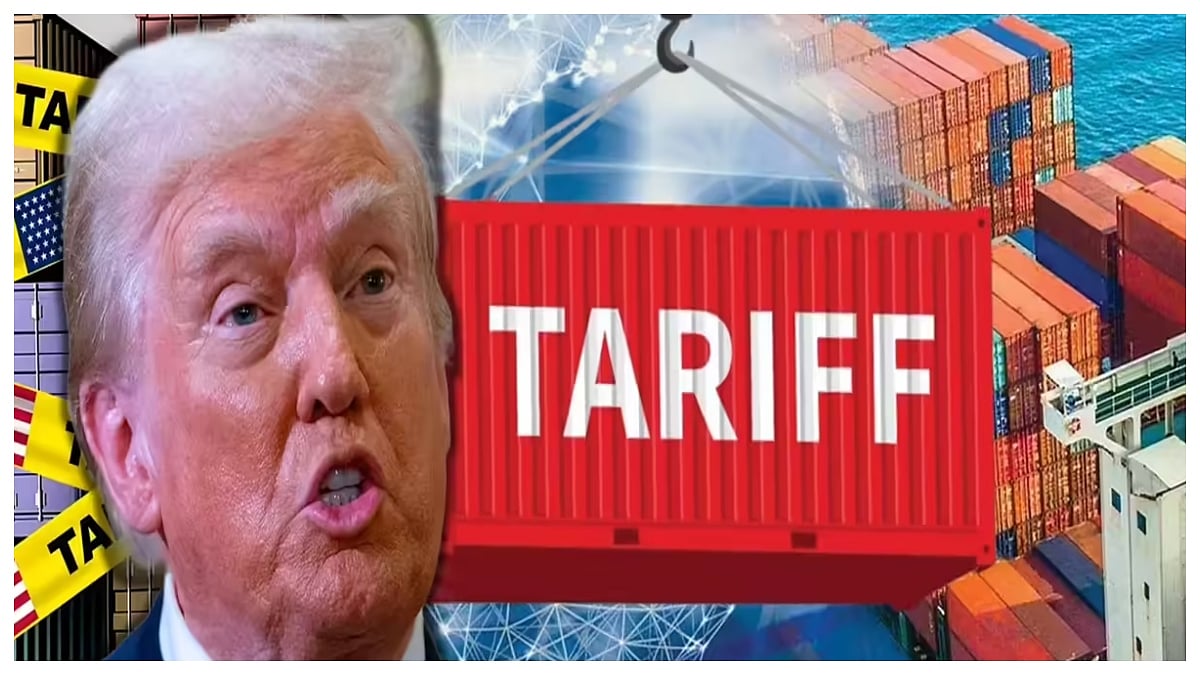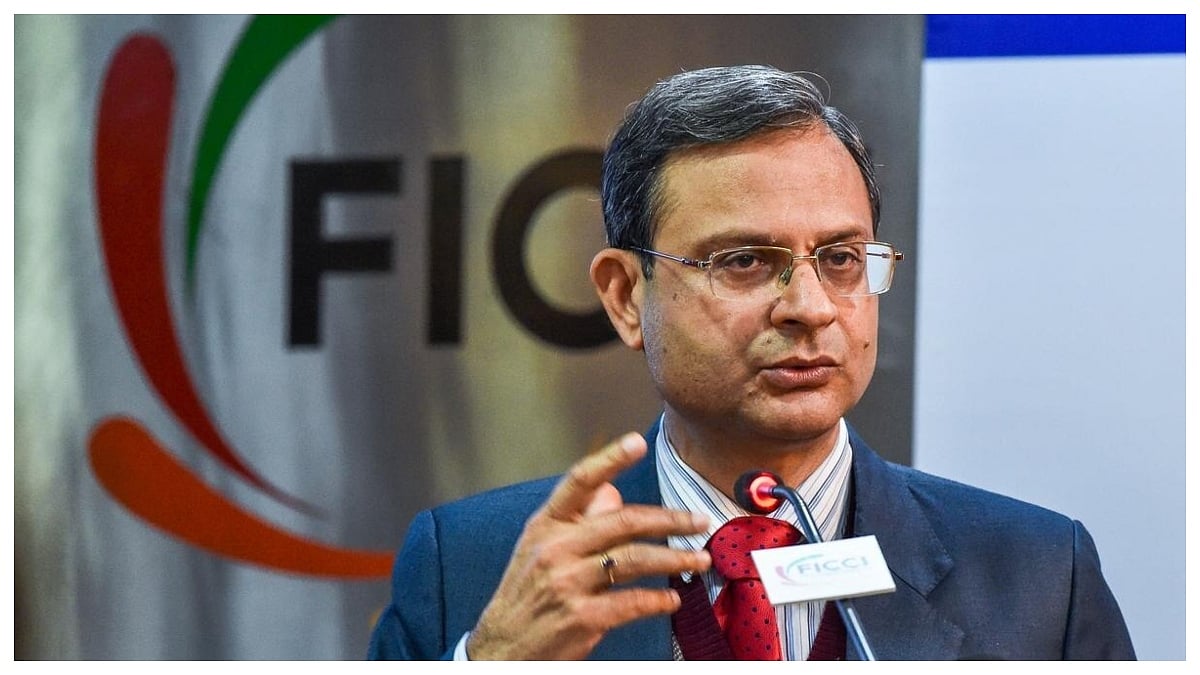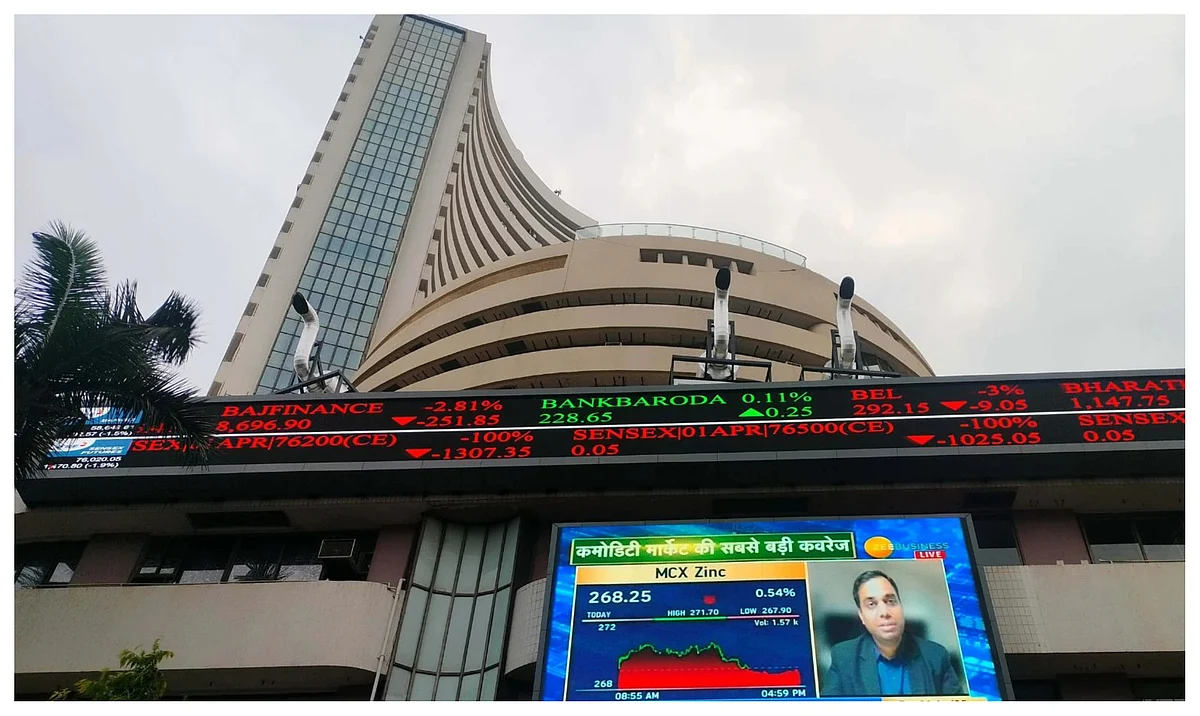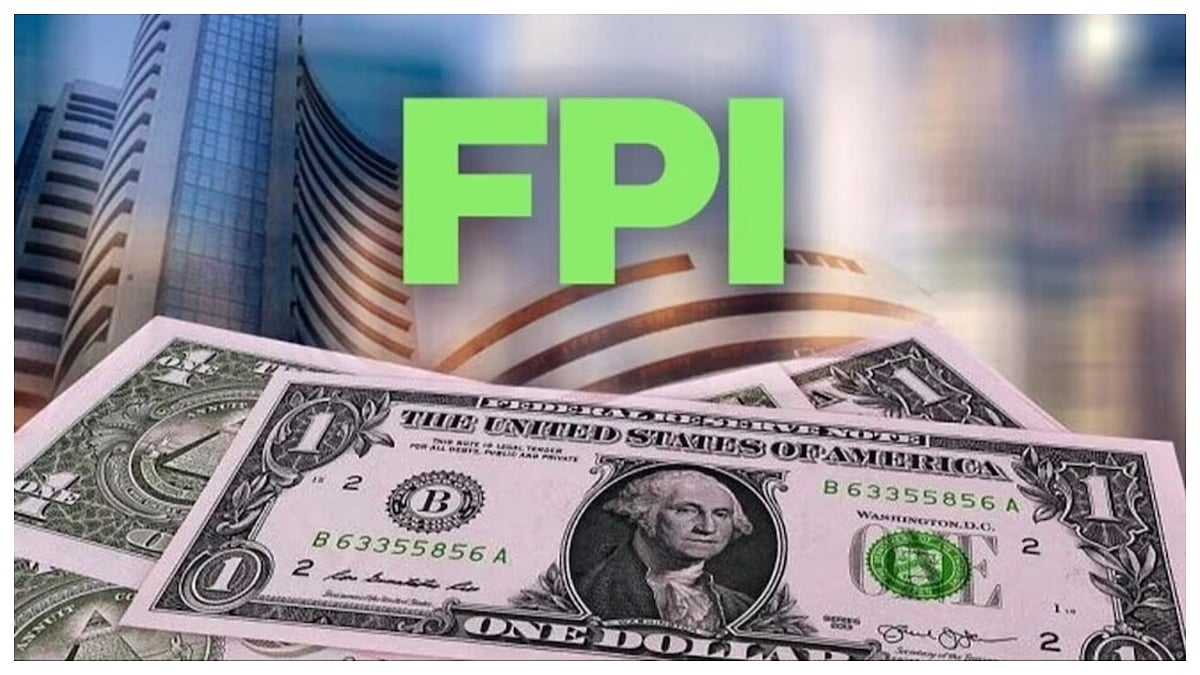New Delhi: As the August 27 deadline for US secondary tariffs of 25 per cent falls this week over Russian oil purchase, analysts and global reports say that a total of 50 per cent tariff is unlikely to significantly impact India’s growth due to a robust domestic demand.
While labour-intensive textiles and gems and jewellery segment are expected to see a moderate impact, pharmaceuticals, smartphones and steel are currently relatively insulated because of exemptions, existing tariffs and strong domestic demand. According to S&P Global Ratings, the macroeconomic impact of the hike in tariffs would be cushioned by the large size of the India’s domestic market.
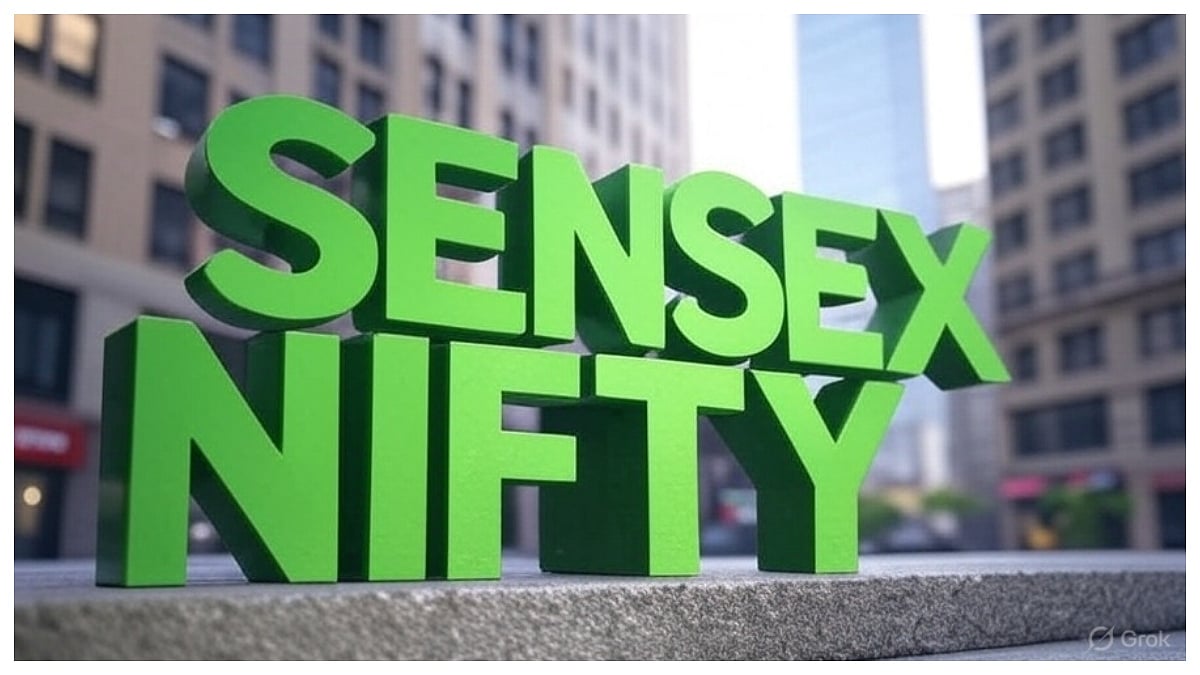
However, capital goods, chemicals, automobiles, and food and beverage exports would face the toughest adjustment, the report stated. The US is India's largest export destination for textiles. India is the third-largest exporter to the US after China and Vietnam, with a 9 per cent share.
Over the past five years, India has gained market share in the US at the expense of China, growing from 6 per cent to 9 per cent, while China's fell from 38 per cent to 25 per cent. The US relies on India and has established supply-chain arrangements.

According to market watchers, domestic-consumption segments like financials, telecom, aviation, hotels, cement and segments of capital goods are better placed to withstand the adverse headwinds.
India is the “best placed country in Asia,” amid the global uncertainty triggered by US President Donald Trump’s threat to jack up tariffs, because of the nation’s low goods exports to GDP ratio, according to a latest Morgan Stanley report.

“While India is exposed to direct tariff risks, we believe on balance India is less exposed to global goods trade slowdown considering that it has the lowest goods exports to GDP ratio in the region,” the report stated.
According to a recent Fitch report, the large size of India’s domestic market, which reduces reliance on external demand, is expected to insulate the country from the US tariff hike, with the economy expected to maintain a growth of 6.5 per cent in FY26.
Disclaimer: This story is from the syndicated feed. Nothing has changed except the headline.
